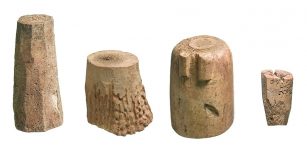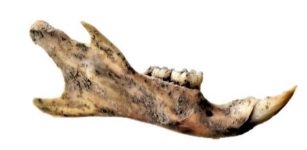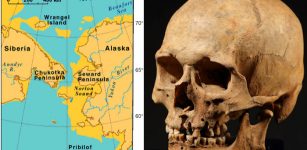Four Other Humans Species Lived Alongside Modern Humans – New Study Suggests
MessageToEagle.com – Evolutionary scientists are trying to re-construct the ancient world and identify four other human species that lived alongside modern humans.
Recent archaeological discoveries are rewriting the story of human origins after uncovering new human species and surprising evidence of complex behavior.
Scientists have been able to determine that Neanderthals and Denisovans, interbred with modern humans. New DNA evidence suggests that the Denisovans were a large population that lived over much of Asia for ten thousands of years.
Denisovan or Denisova hominin is an extinct species of human in the genus Homo. The Denisovans had very large and unusual teeth, unlike those of Neanderthals and modern humans.
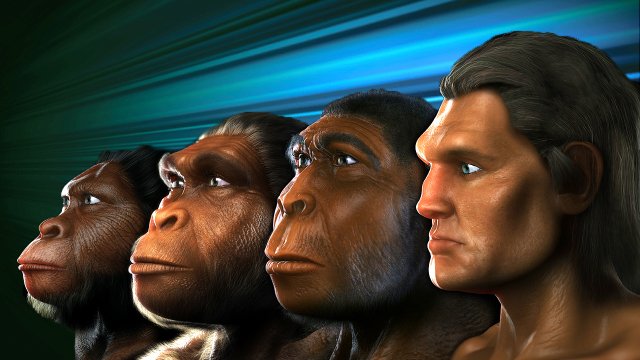
See also:
Denisovans: Ancient Teeth Reveal More Ancient Secrets Of Human Relatives
Red Deer Cave People – Mysterious New Human Species Baffles Scientists
Controversial Theory Suggests “Hobbits” Were Not Human
The other archaic human species also believed to have been around at the same time are the ‘hobbits’ who were discovered in Indonesia, and the Red Deer Cave people from south-west China.
“It’s revolutionary and heady stuff. It’s changing the narrative of the human evolutionary story very, very quickly,” says Darren Curnoe, Associate Professor of biological anthropology and archaeology at University of New South Wales.
Associate Professor Curnoe led the team that discovered the remains of the Red Deer People.
While they appear to resemble more archaic human ancestors from 2 million years ago, their bones date back to just 13,000 years ago.
Australian PhD student Elen Feuerriegel was part of a team of specialist cavers and archaeologists – the so-called underground astronauts – who uncovered a new human species, Homo naledi, in southern Africa last year.
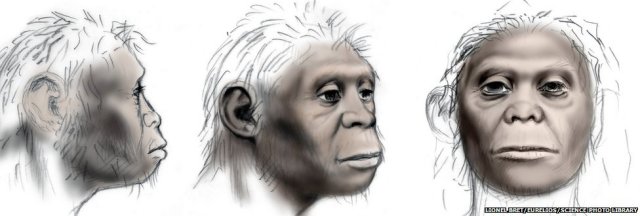
She told ABC’s Lateline the discovery involved shimmying down a 12 metre-long shaft without safety gear.
“It was one of the most awe-inspiring experiences of my life so far.”
It is now believed that modern humans, or Homo sapiens, emerged in Africa about 200,000 years ago and migrated around the globe in multiple waves, settling first in Asia and as far south as Australia before finally getting to Europe about 40,000 years ago.
Associate Professor Curnoe says as new archaeological expeditions focus on Asia, it is likely that more species will be identified.
“Asia has been neglected by archaeologists, but it’s an evolutionary cauldron,” he said.
All these new findings combined with new methods of extracting ancient DNA is now challenging traditional beliefs about what it means to be human. We may have to forget the idea that Homo sapiens were intrinsically smarter and more sophisticated than other human species.
Modern discoveries have revealed that that pre-human species used stone tools 3 million years ago and that early humans like Homo erectus may have carved engravings and engaged in some kind burial practice more than 400,000 years ago.
Neanderthals had brains the same size or even slightly larger than modern humans.
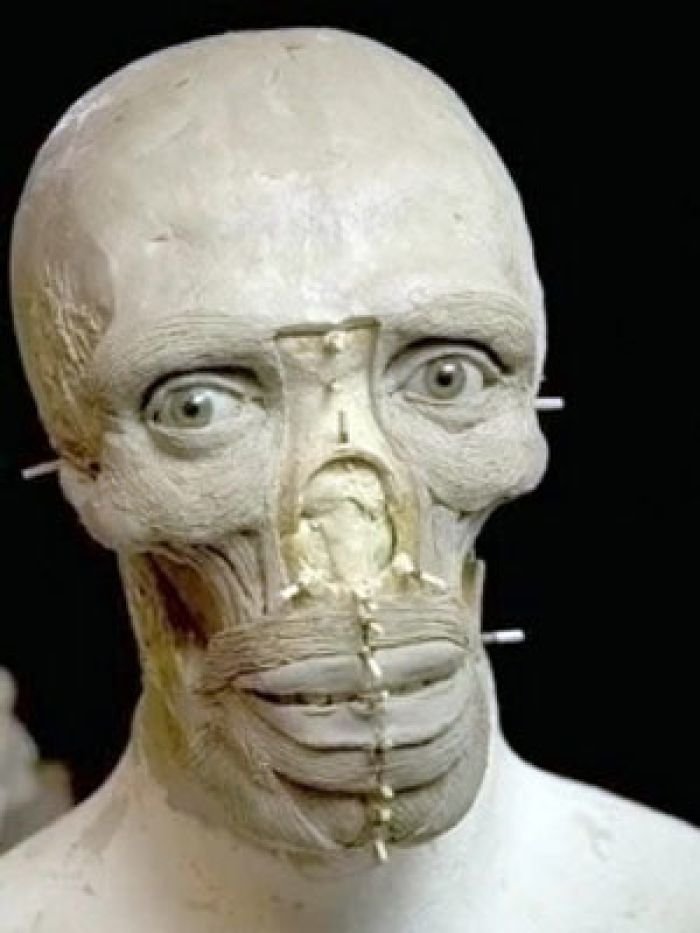
Evidence suggests they used fire and sophisticated hunting weapons, buried their dead, wore jewellery and cared for the weak and elderly.
“Some of this evidence and its interpretation is controversial and is still being debated. But I think there’s enough new evidence that we should get out of our minds the idea that we were superior, that we were more intelligent or sophisticated than other human species.
There may be more accidental reasons we are still here and they are not, because they have all gone and we are left alone. It might be that we made better use of the DNA they passed on to us. We may have had the mongrel advantage allowing us to survive and thrive,” Professor Curnoe says.
Genetic testing has shown that non-Africans carry up to 4 per cent of Neanderthal DNA, while Indigenous Australians and Papua New Guineans carry up to 6 per cent of Denisovan DNA.
It is believed that Neanderthals may have passed on red hair and improved immunity.
The Denisovans are believed to have also passed on better immunity as well as providing the gene found in Tibetans for surviving high altitudes.
Much research is still needed before we can learn more about our ancestors and other species that co-existed with humans, but the recent discoveries in the field are just as controversial to some as exciting.
MessageToEagle.com
Source:
The New Daily




